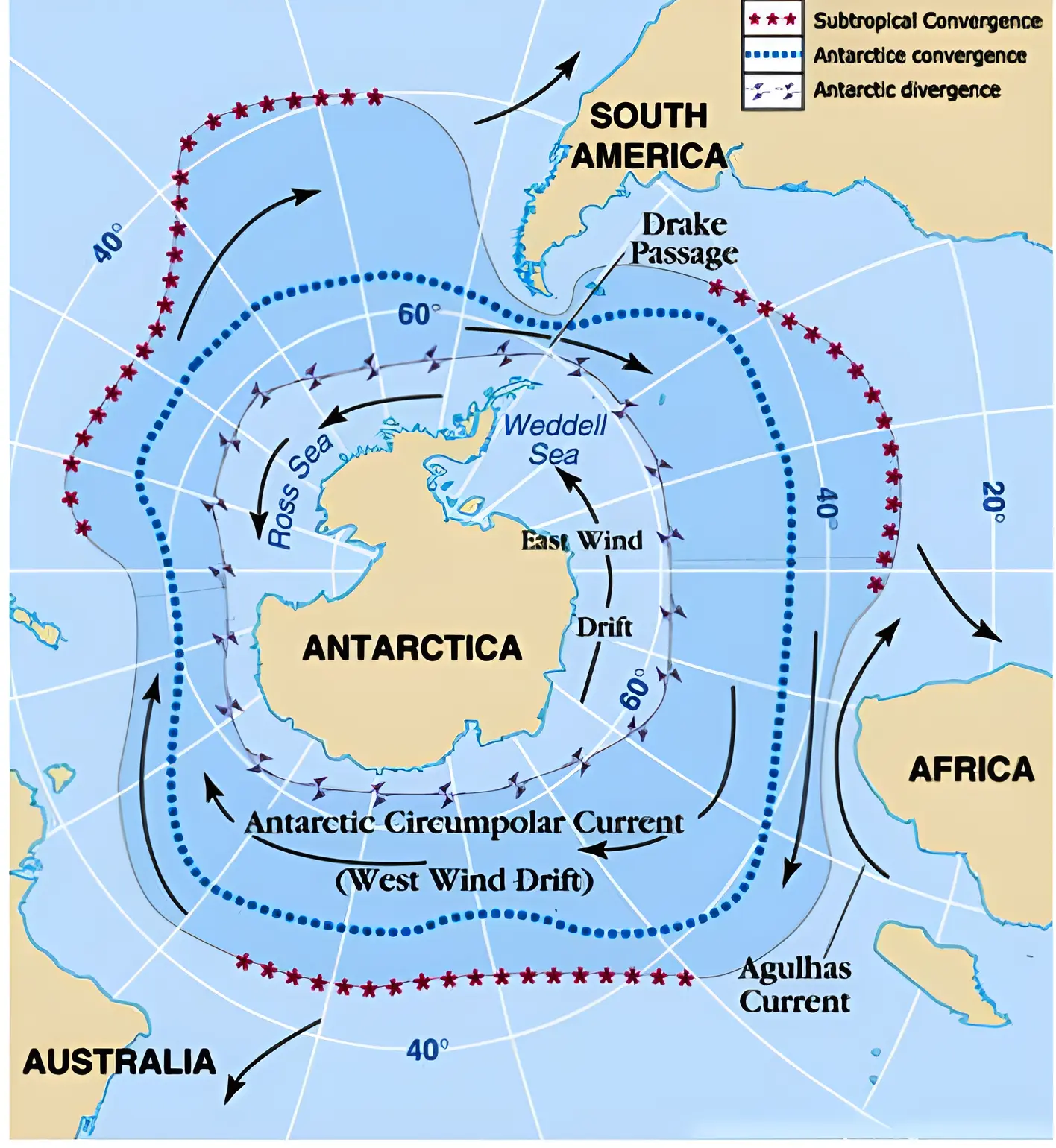Scientists reconstructed the history of the world’s most potent ocean circulation over the previous 5.3 million years, including how it is linked to global climate.
 Role of Antarctic Circumpolar Current: Antarctic circumpolar current plays a key role in regulating global climate and is also the world’s most powerful and primary means of inter-basin exchange of heat, carbon dioxide, chemicals and biology.
Role of Antarctic Circumpolar Current: Antarctic circumpolar current plays a key role in regulating global climate and is also the world’s most powerful and primary means of inter-basin exchange of heat, carbon dioxide, chemicals and biology.Ocean Currents
|
|---|
| Must Read | |
| NCERT Notes For UPSC | UPSC Daily Current Affairs |
| UPSC Blogs | UPSC Daily Editorials |
| Daily Current Affairs Quiz | Daily Main Answer Writing |
| UPSC Mains Previous Year Papers | UPSC Test Series 2024 |
To get PDF version, Please click on "Print PDF" button.
How Clean Energy Needs, New Tech Shape Mineral Gov...
Stepping Stone: On Shubhanshu Shukla, NASA-Axiom-I...
How is Global Shipping trying to Decarbonise?
Contesting the Future of Forest Governance
A Tectonic Shift in Thinking to Build Seismic Resi...
Safe Havens No More: On Growing Crime Against Wome...
Monsoon Session of Parliament 2025: 21 Sittings, 8...
Language, Culture, and Identity in India
Indian Army Tests Akash Prime in Ladakh, Boosting ...
Banni Grasslands in Gujarat Ready to Host Cheetahs...
CWC Warns NGT: 34 Glacial Lakes in India Expanding...
Coronal Mass Ejections (CMEs) Trigger Rare Norther...

<div class="new-fform">
</div>